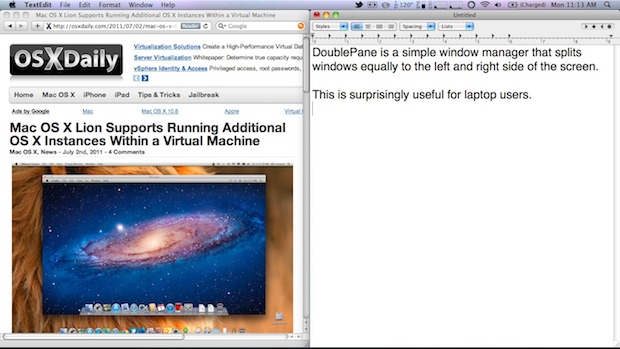

You can use the command `deactivate` to end your virtual environment. Create an empty directory (aka folder) for your project inside `~/Dev` folder: Open `Terminal` in (`Applications/Utilities/Terminal`)ģ. If you see `zsh: command not found: pipenv` then you did the wrong installation. Open `Terminal` in (`Applications/Utilities/Terminal`) and upgrade pip:Īnother option to upgade, is `pip3 install pip -upgrade`Īnother option to upgade, is `pip3 install pipenv -upgrade` Verify the version from above by typing:ĭoes the result match the stable release you downloaded? Great. Open up `Terminal` in (`Applications/Utilities/Terminal`) After the installer downloads, open it, and install all the defaults. Under that, click the link to download the `macOS 64-bit installer`ģ. Under `Stable Releases` look for: `Python 3.8.X` and replace `X` with the largest number you can find. > Below this guide, we have an archived guide using () and virtualenv for installation.ġ. Installing Python is much like installing any other program: go to their website, download the software, install it. *PIP*, or Python Package Installer, allows you to install all types of python-related software (and code) include Django, virtual environments (virtualenv, pipenv, etc), Flask, Tensorflow, Python Requests, and more. Below, we use the virtual environment manager Pipenv. I recommend that each project you create, you use a different virtual envionrment. *Virtual Environments*, keep project dependencies mostly isolated from one another. *Django* is a popular web development framework written in Python. For a complete guide on setting up your macOS for development, check out (/courses/coding-with-macos). # Need more depth and/or context about installing Python on Mac out this (/projects/setup-python-and-django-mac).


 0 kommentar(er)
0 kommentar(er)
